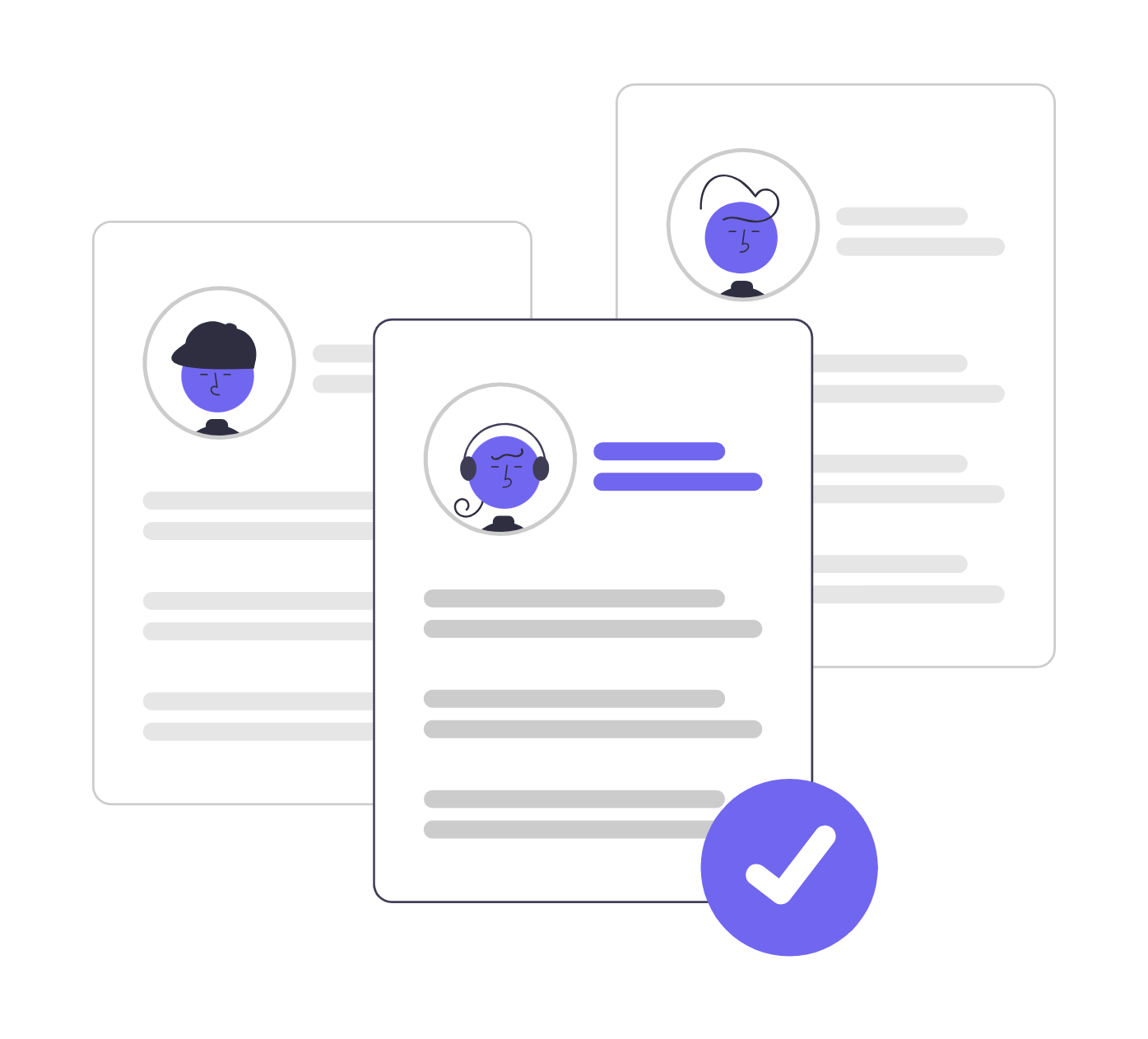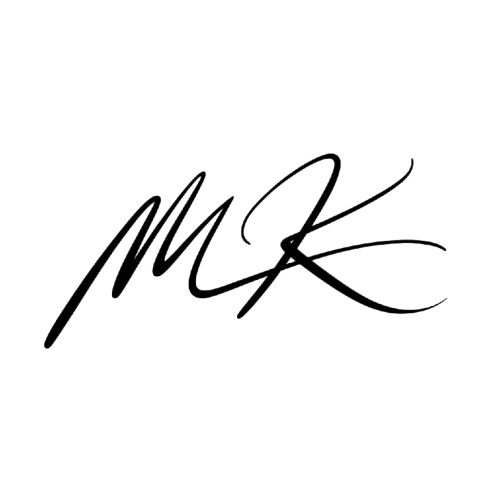Share
Hiring great talent has never been more critical—or more competitive. But while today’s workforce is increasingly digital, mobile, and global, many companies are still relying on hiring methods designed for a different era.
Newspaper ads. Job fairs. Bulletin boards. Internal referrals. These traditional recruitment tactics may feel familiar, but they’re no longer effective in a world where top candidates are scrolling on their phones, not scanning the classifieds.
If your company is still hiring the old-fashioned way, you could be quietly losing out on top performers—while spending more time and money than necessary. In this article, we break down the real costs of outdated hiring and why it may be time to rethink your recruitment strategy.
1. Traditional Hiring Has a Visibility Problem
Traditional recruitment methods limit your reach—sometimes without you even realizing it. Print ads and local postings can only be seen by candidates within a specific geographic radius. If someone doesn’t pick up that newspaper or walk past that bulletin board, they never even know your role exists.
And here’s the bigger issue: the best candidates often aren’t looking.
Studies show that over 70% of the global workforce is made up of passive talent—people who aren’t actively job hunting but would consider a better opportunity. Traditional hiring methods don’t reach these people, which means you’re fishing in a shrinking pond while top talent swims by unnoticed.
Quickly identify your most promising candidates. WorkScreen automatically evaluates, scores, and ranks applicants on a performance-based leaderboard—making it easy to spot top talent, save time, and make smarter, data-driven hiring decisions.

2. You’re Missing Out on the Right Talent—And Don’t Even Know It
Most traditional methods rely on applicants coming to you. That’s a problem when you consider that the best fit for your role may never even apply.
Without digital sourcing tools, filters, or algorithms, you’re forced to sift through whichever resumes happen to show up—regardless of whether those applicants actually match the requirements.
This not only slows down the hiring process, it increases the risk of making a hire based on availability rather than alignment. Over time, that’s a costly mistake.
Easily administer one-click skill tests with workscreen. This way you can assess candidates based on real-world ability—not just credentials like résumés and past experience. This helps you hire more confidently and holistically.

3. Print Ads and Job Fairs Are Stuck in the Past
When you run a print ad, you’re confined by space. You can’t fully describe the job, the team, the culture, or the mission. And once the ad is printed, it’s static—you can’t edit it, refresh it, or measure its performance.
Compare that to digital job posts that can be updated instantly, A/B tested for different headlines, and boosted for more reach. Traditional hiring isn’t just less visible—it’s less agile, and agility is everything in a competitive talent market.
4. The Candidate Experience Is… Awful
Long wait times. No updates. No feedback.
For candidates, the traditional hiring process can feel like shouting into a void. Manual resume reviews, phone tag for interview scheduling, and unclear timelines leave job seekers frustrated—and more likely to walk away.
And here’s the kicker: top candidates are usually off the market in 10 days. If your process takes weeks, you’re not just losing time—you’re losing talent.
Eliminate low-effort applicants—including those who use AI Tools to apply, copy-paste answers, or rely on "one-click apply." This way, you focus only on genuine, committed, and high-quality candidates—helping you avoid costly hiring mistakes.

5. Cost-Per-Hire Is High—And ROI Is Low
Traditional hiring is expensive. Between newspaper placements, agency fees, event sponsorships, and recruiter hours, the average cost-per-hire can run from $3,000 to $10,000 depending on the role and industry.
And what do you get for that investment? Often, a small pool of candidates and little-to-no data on what actually worked.
Modern hiring tools offer cost-effective alternatives that let you track performance and optimize over time. Traditional hiring? It’s pay-and-pray.
6. Manual Processes Are Slowing You Down
Every step of the traditional hiring process is manual—collecting resumes, sorting through applicants, emailing candidates back and forth to schedule interviews. It’s repetitive, slow, and a drain on recruiter time.
That delay doesn’t just frustrate your team. It gives your competitors a head start. While you’re printing resumes and coordinating calendars, they’re extending offers and locking in talent.
Speed is no longer a luxury—it’s a requirement.
7. Bias Creeps In—Even If You Don’t Mean It To
Traditional hiring relies heavily on human judgment, and that opens the door to unconscious bias.
From favoring familiar-sounding names to overvaluing certain schools or past employers, traditional methods offer little in the way of structured evaluation. Without standardization, decision-making becomes inconsistent—and often unfair.
In a world where diversity drives innovation and performance, a hiring process that lacks objectivity is a liability.
8. Traditional Recruitment Doesn’t Support Remote or Hybrid Teams
Today’s workforce is distributed. Whether you’re hiring remote employees or supporting hybrid work, your recruitment strategy needs to reflect that flexibility.
Traditional methods are inherently local. They weren’t built to support global time zones, virtual interviews, or asynchronous evaluations. This limits your access to a much larger (and more diverse) talent pool.
In short: if your team works remotely, but your hiring process doesn’t, you’re out of sync.
Conclusion: The World Has Changed—Has Your Hiring?
Traditional recruitment methods once served a purpose—but that time has passed. Today, they cost more, reach fewer people, and deliver worse results.
To stay competitive, you need a hiring strategy that’s faster, more flexible, and data-driven. One that allows you to engage top talent wherever they are, reduce bias, and hire based on ability—not assumptions.
The companies that embrace modern recruitment aren’t just filling roles faster. They’re building better teams, making smarter decisions, and shaping the future of work.
Quickly identify your most promising candidates. WorkScreen automatically evaluates, scores, and ranks applicants on a performance-based leaderboard—making it easy to spot top talent, save time, and make smarter, data-driven hiring decisions.

FAQ
Traditional recruitment refers to the conventional methods companies use to find and hire candidates. This usually includes posting job ads on job boards, collecting résumés, manually screening applications, conducting phone interviews, and relying heavily on face-to-face interviews and gut feelings to make hiring decisions. It often lacks automation, structured assessments, or data-driven tools.
Because every step—posting jobs, screening candidates, scheduling interviews—is done manually. Recruiters spend countless hours reviewing résumés and following up with candidates, which slows down the hiring process significantly.
It places too much emphasis on résumés and past job titles instead of actual ability. This means strong candidates with unconventional backgrounds can be overlooked, while underqualified candidates may slip through.
Not easily. Fast-growing companies and startups often need to hire quickly and confidently. Traditional hiring isn’t scalable—it can’t support high-volume recruitment or rapidly changing hiring needs without significant delays and errors.
Modern recruitment uses automation, skill-based assessments, and AI tools to streamline hiring. Platforms like WorkScreen.io help you screen applicants faster and more fairly by ranking candidates based on how well they perform, not just how polished their résumé looks.

